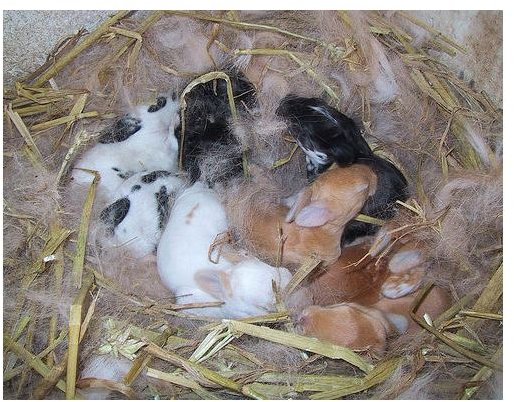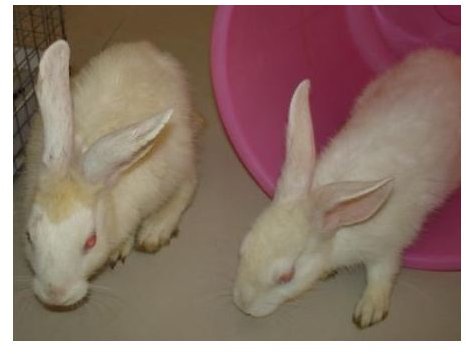Rabbit Adaptations to Fit them For Survival
Adaptations Key to the Survival of Rabbits
Rabbits have for long been part of folklore. They have been described as animals that are cunning and able to come out of difficult situations rapidly. These cute, innocent looking creatures have been loved as pets and also are associated with Spring and Easter festivals. They are symbols of fertility and birth.
All these symbolic representations have sprouted from the many characteristic trademarks and adaptations of rabbits that have helped them survive through centuries and in different parts of the world from mountains to deserts, and plains to arctic areas, in spite of being prey animals.
Each adaptation, like the teeth, the long ears, and the rapid reproduction rate are an essential survival tool that has kept the rabbit population of the world abundant and safe from predators.
Here are a few important rabbit adaptations,
-
Long Ears – The ears can be more than 10 cm long and these help the rabbit listen to the faintest of the sounds made by nearby predators. The particular outer shape of their ear, called the pinna, is helpful in detecting sound direction very specifically and accurately.
-
Eyes – The wide range of vision that rabbits have is due to eyes that are on the two sides of their head. They help the rabbit see almost 360 degrees around it and detect possible predators. Rabbits spend a good deal of time scanning overhead as well. It is an adaptation to look for predators as most are bigger in size, and many attack from above.
-
Legs – The hind legs of rabbits are long and very strong. These help them hop at a very fast rate. The feet are padded with fur to dampen the shock of landing. European rabbits are known to run especially fast at 16 metres per second. They can also change directions relatively quickly to confuse the chasing predator. Rabbits also have sharp toenails that help in gripping the ground as well as making burrows. The hind legs are so strong that they are also used to kick when in danger.
-
Teeth – The set of protruding teeth made famous by rabbits are one pair of the two sets of incisors these animals have- one on top of the mouth and one at the bottom. The front incisors are longer, but both sets keep growing all through the rabbit’s life. As they are herbivores, these incisors help in snapping off part of the plant. The teeth also allow the rabbits to bite if in danger.
-
Digestion – Most of the rabbit’s digestion takes place in the large intestine and the cecum. The latter is ten times the size of the stomach. Because of their largely cellulose diet, the cecum has a muscular structure that helps them differentiate between the digestive and the fibrous material. Rabbit are also known to defecate the contents of the cecum, known more commonly as soft pellets, and then eat them again to reabsorb the nutrients. This helps them gather as much nutrients as possible from the relatively hard to digest plant parts.
-
Fur colour – Mostly pastel shades of brown, grey and buff, depending on where the rabbits live. While arctic rabbits have a whitish fur colour to camouflage the white background of winter, but in autumn the same colour changes to brown or reddish to mingle with the surroundings. European rabbits have a colour similar to the shades of the ground too.

-
Reproduction – Rabbits reproduce at a very fast rate, with the mating period being as long as nine months of a year. A single female can deliver up to 4 to 8 babies at one time, and because of the speed with which the babies are weaned., the female is ready to deliver another sets of kits or baby rabbits in no time. In fact in a year a single family can grow to a staggering 800 rabbit members if all conditions are suitable. The rapid reproduction also helps the rabbits adapt to environmental changes faster than many other species.
It is clear that this furry and cuddly little animal has various adaptations that have helped in expanding its population and live with much larger animals and predators.
Reference
https://bioweb.uwlax.edu/bio203/s2009/olsson_adam/Adaptation.htm
https://www.lpzoo.org/factsheet.php?contentID=167
Image Credit
Photo by Spigoo cc/Flickr and Arijit Gupta
